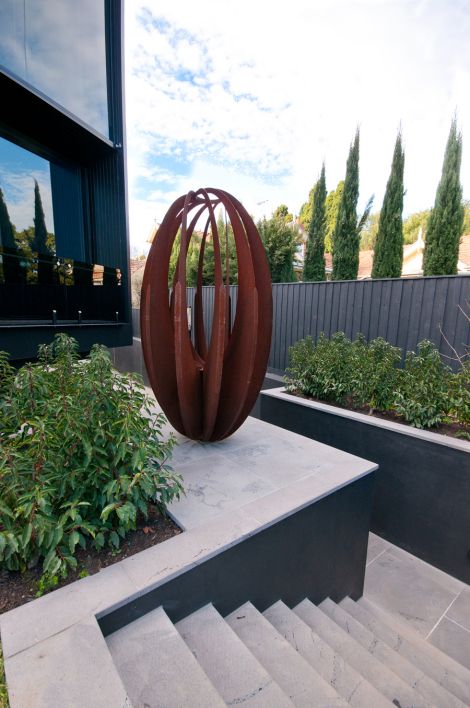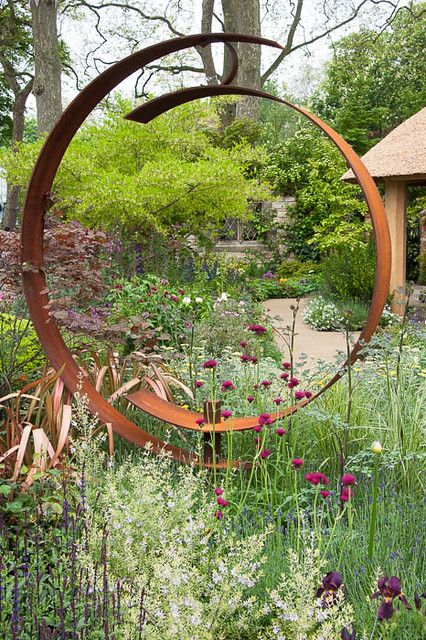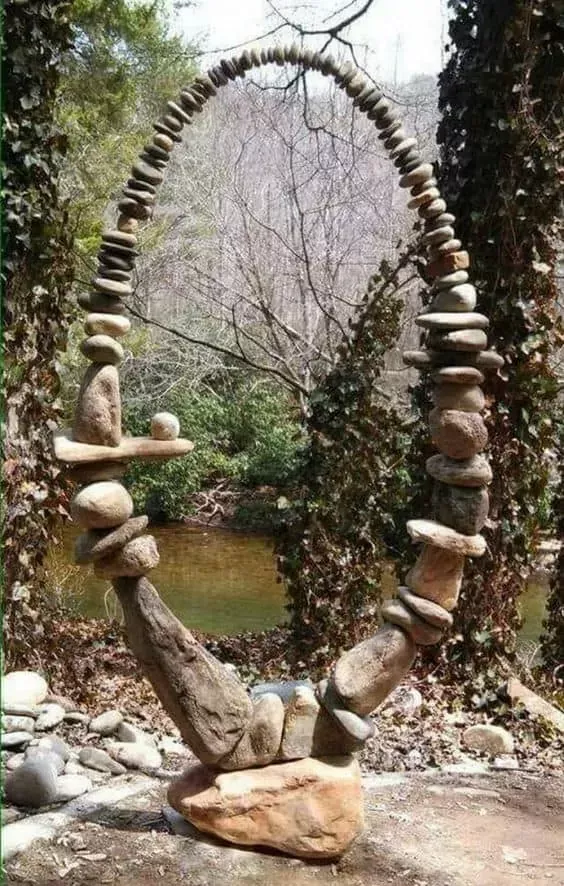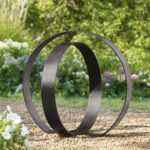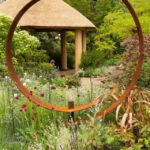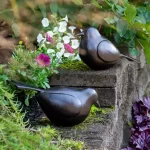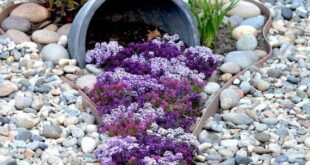Garden sculpture is a form of art that has been used to enhance outdoor spaces for centuries. From traditional stone statues to modern abstract pieces, garden sculptures can add a unique and personal touch to any outdoor environment. These sculptures come in a variety of shapes, sizes, and materials, allowing homeowners to express their individual style and personality.
One of the main benefits of garden sculpture is the way it can transform a dull or uninteresting outdoor space into a visually stimulating and inviting area. By strategically placing sculptures throughout a garden, homeowners can create focal points, draw the eye to specific areas, and add visual interest to an otherwise mundane landscape. This can help create a sense of unity and cohesion within the garden, as well as provide a sense of tranquility and relaxation for those who spend time there.
Garden sculptures can also serve a functional purpose in addition to their aesthetic value. For example, a large stone sculpture can act as a natural focal point or focal point, drawing attention to a specific area of the garden. On the other hand, a smaller sculpture can act as a subtle accent piece, adding a touch of whimsy or charm to a garden path or seating area. Sculptures can also be used to define borders, create boundaries, or add structure to a garden layout.
When choosing a garden sculpture, it is important to consider the overall design and style of the outdoor space. For more traditional gardens, classic stone or bronze sculptures may be the best choice, while modern or contemporary gardens may benefit from more abstract or geometric pieces. The size and scale of the sculpture should also be taken into consideration, as oversized pieces can overwhelm a small garden, while smaller pieces may get lost in a larger space.
In addition to design and style considerations, homeowners should also think about maintenance and durability when choosing a garden sculpture. Depending on the material used, sculptures may require regular cleaning, sealing, or protective coatings to prevent weathering or damage. Some materials, such as bronze or stainless steel, are more resistant to weathering and may require less maintenance over time. Homeowners should also consider the location and placement of the sculpture, as exposure to direct sunlight, rain, or wind can impact its longevity and condition.
Overall, garden sculpture can be a beautiful and impactful addition to any outdoor space. Whether used to define a garden layout, create a focal point, or simply add visual interest, sculptures have the power to transform a garden from ordinary to extraordinary. With careful consideration of design, style, and maintenance, homeowners can find the perfect sculpture to enhance their outdoor environment and create a unique and personalized outdoor oasis.
 yishifashion Where Outdoor Dreams Become Reality
yishifashion Where Outdoor Dreams Become Reality
